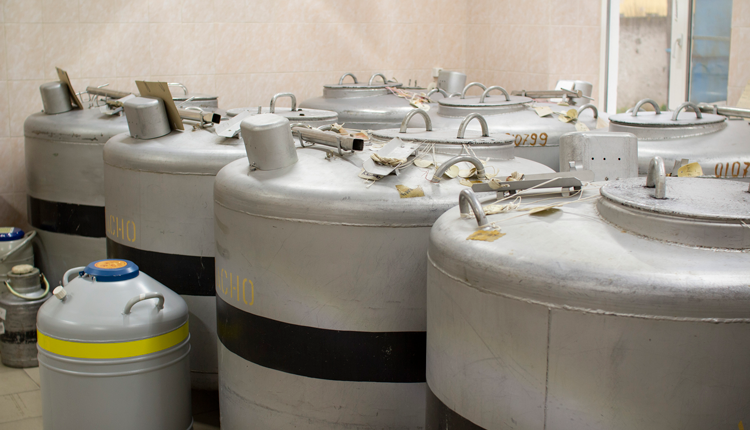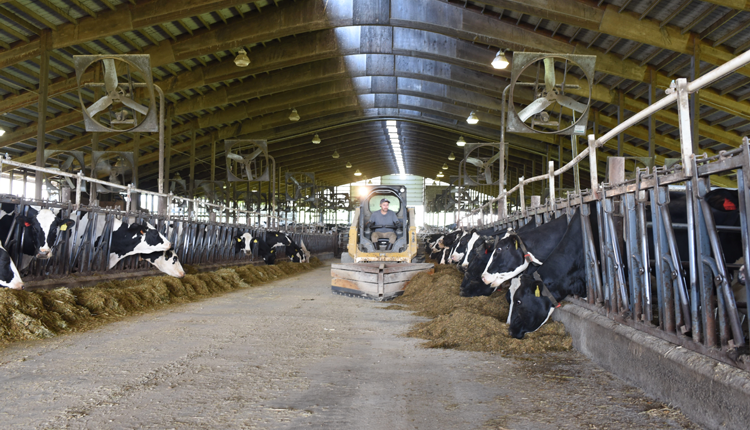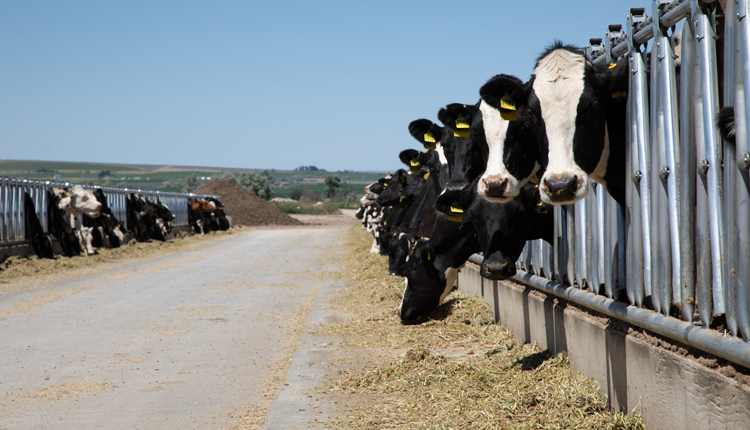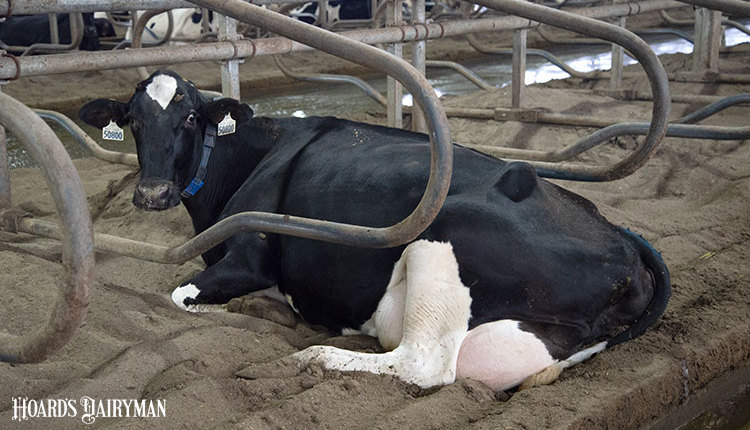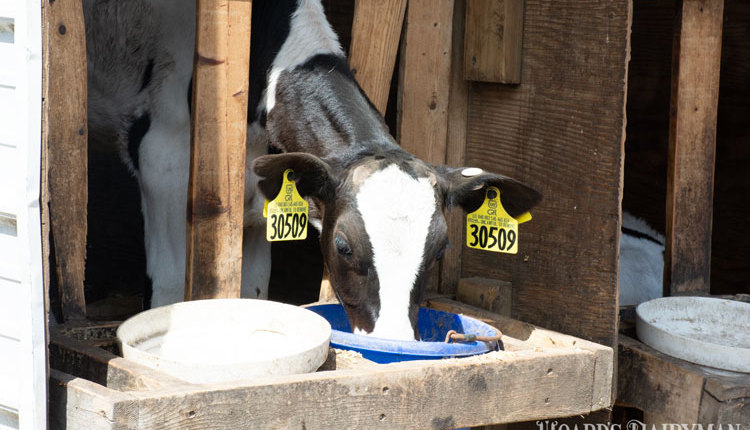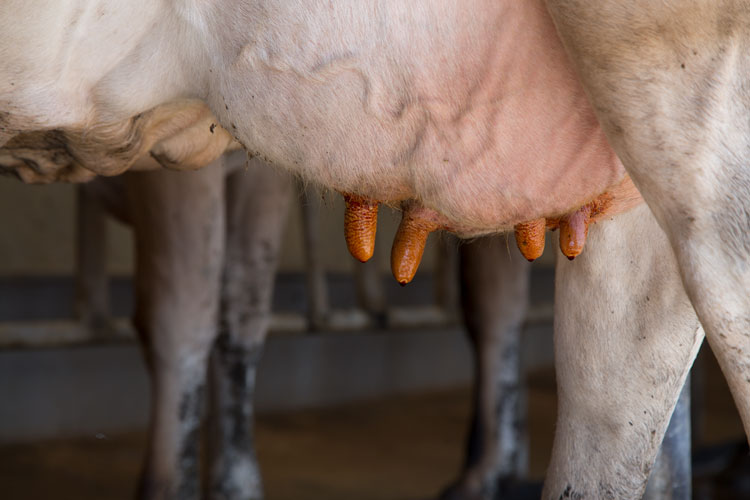
Combining technologies can boost the overall success of monitoring mastitis events, shared the University of Kentucky’s Jeff Bewley at the recent Precision Dairy Conference in Lexington, Ky.
When it comes to wearable technologies such as activity and rumination monitoring, Bewley explained, “To expect a behavior monitor to identify mastitis alone that might be expecting too much, but combined with other technologies it will be fairly accurate.”
In the same vein, Bewley described the frustration many producers have with just using electric conductivity in the parlor to detect mastitis. “There is a lot of frustration with electrical conductivity because there are a lot of false positives,” he said.
In his conference discussion, the technology specialist mentioned several monitors that can play a part in making good mastitis detections based on precision technologies, including electrical conductivity, milk color, rumen temperature, thermography, inline somatic cell count monitoring, spectroscopy, biological and chemical monitors, and wearable technologies.
Pairing a few of these technologies can significantly help the accuracy of mastitis detection. Bewley left those in attendance with these key goals to consider for successfully using precision technology to improve milk quality.
- Identify disease before it happens.
- Determine the course of action after an alert.
- Assess the economic benefit of identification.
To comment, email your remarks to intel@hoards.com.
© Hoard's Dairyman Intel 2017
June 5, 2017
